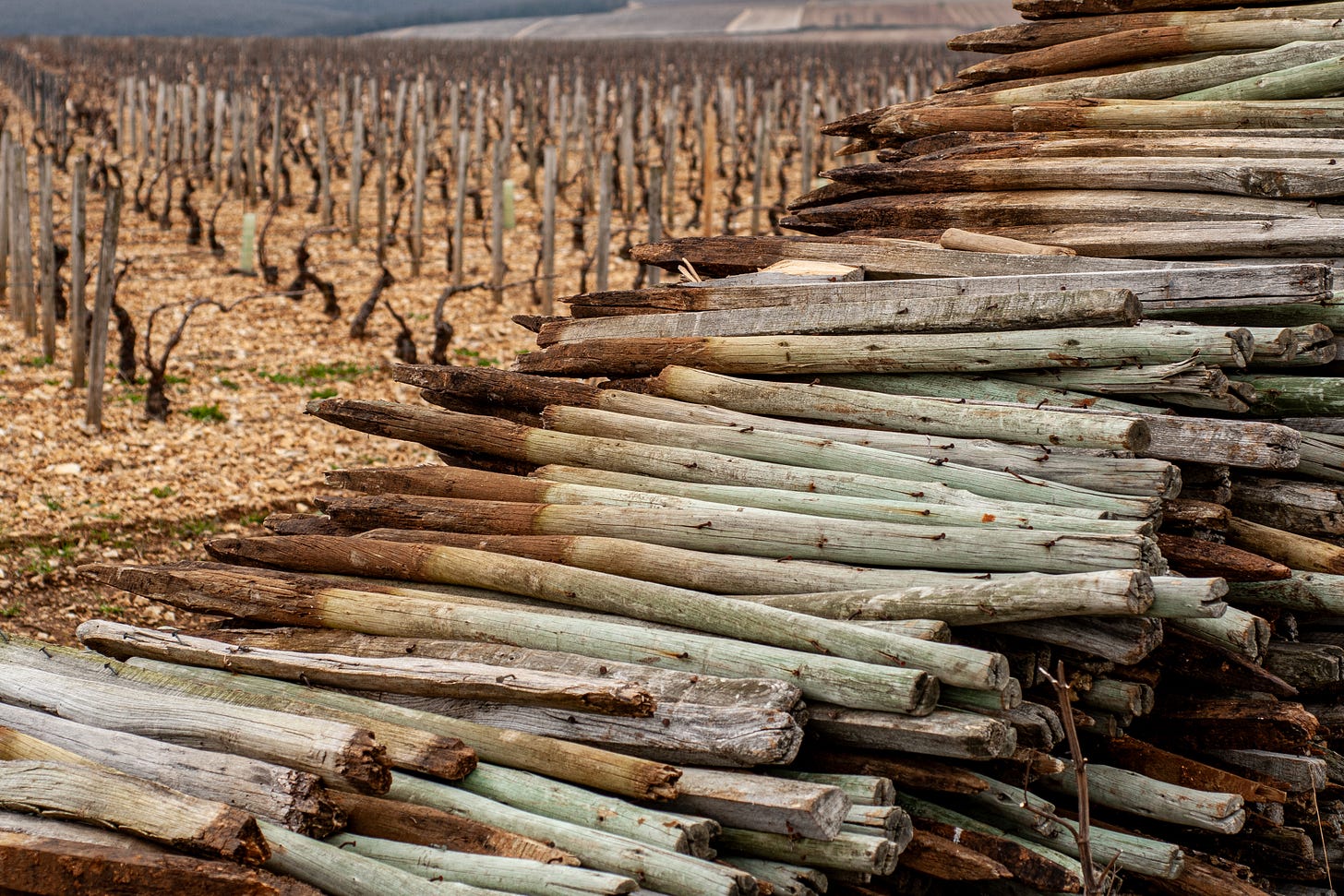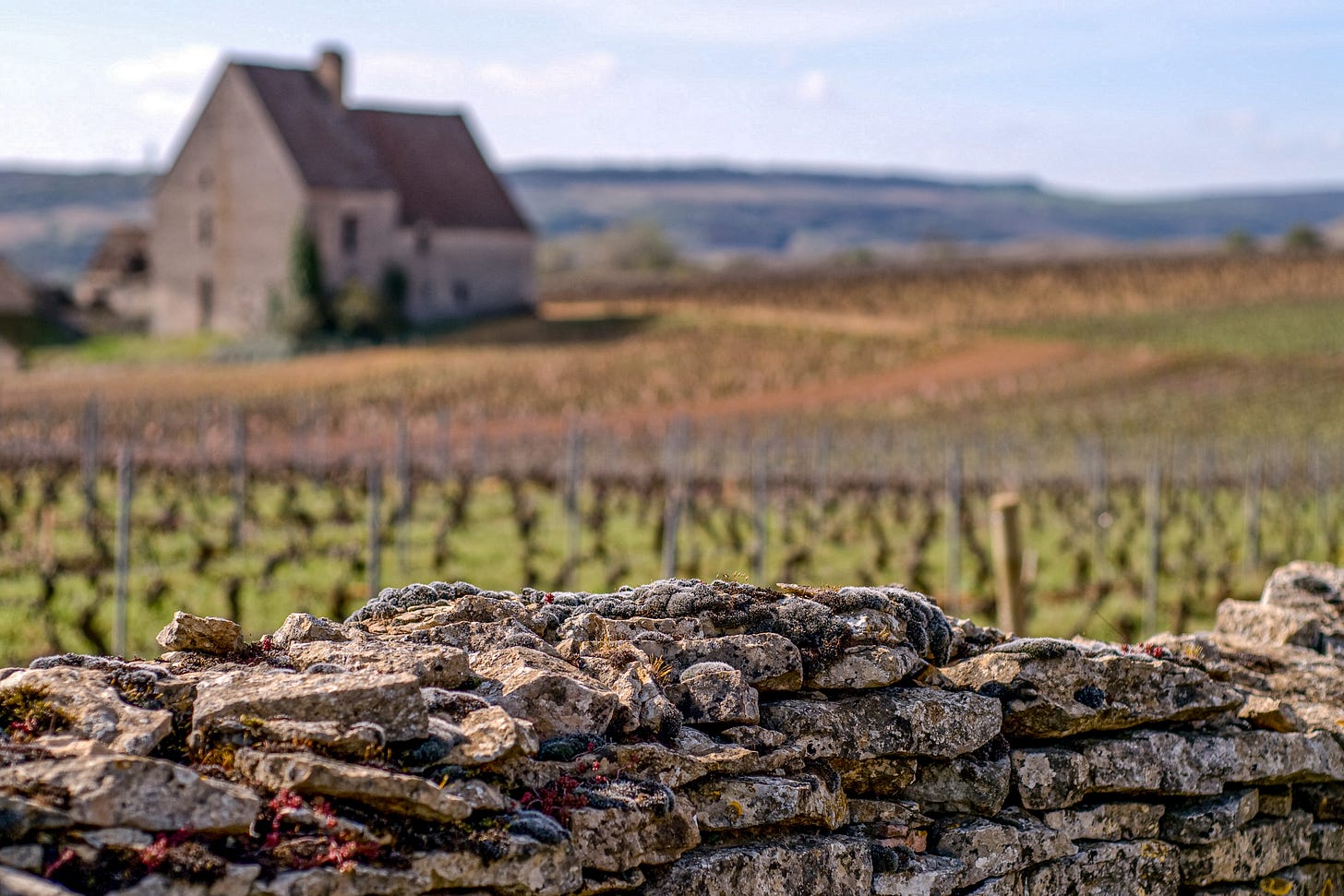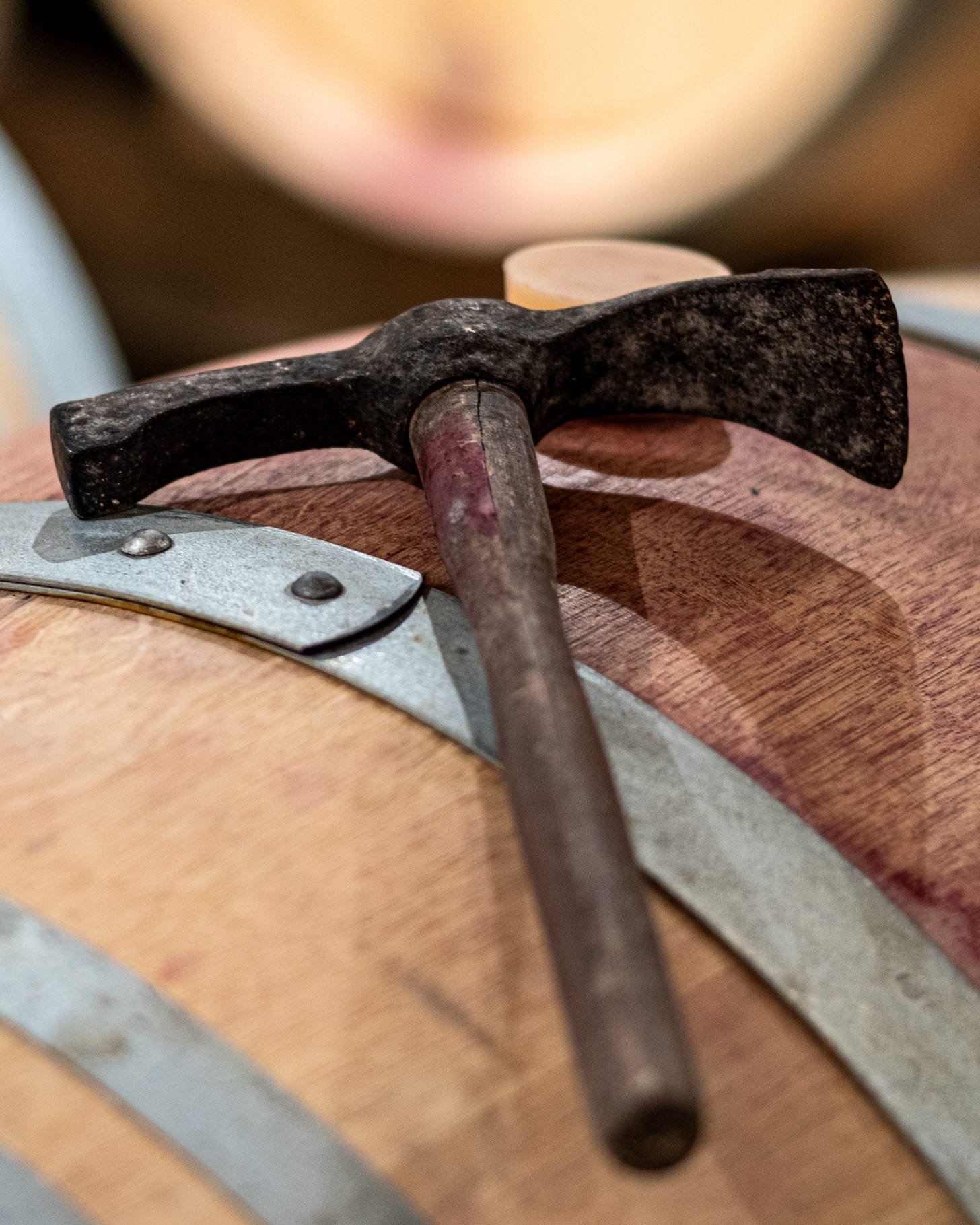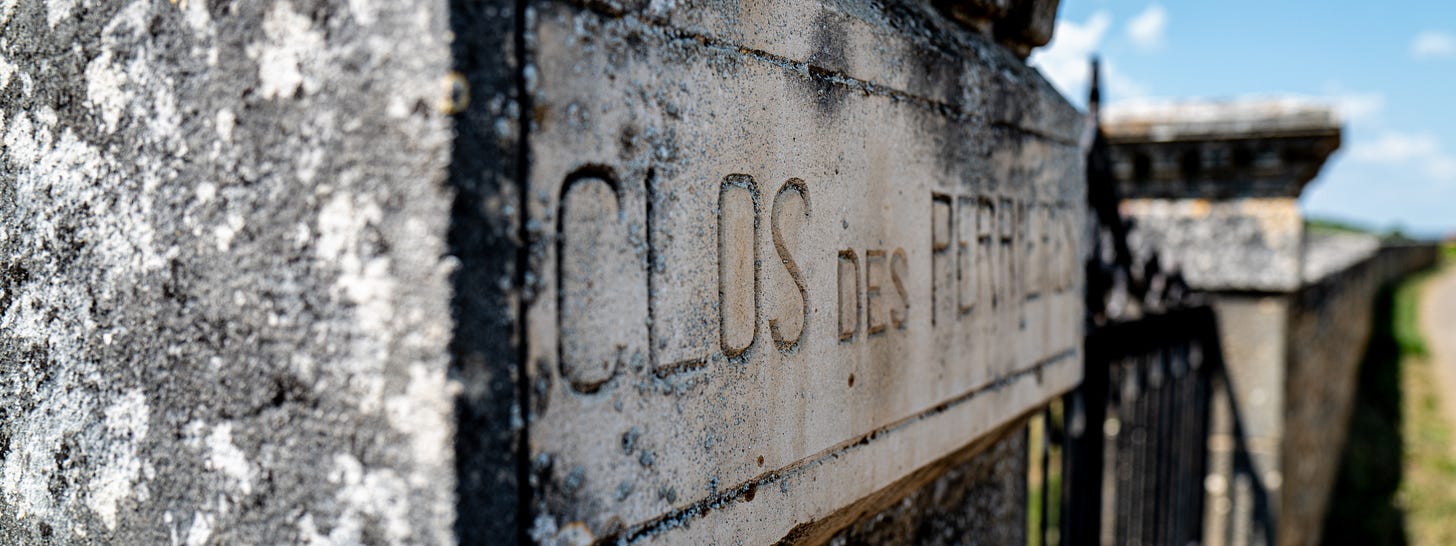Many of you are probably receiving emails from merchants recommending you buy wines from their 2022 Burgundy En Primeur offers.
My advice, having been in the region twice last year and currently attending a series of trade tastings during January, is to buy.
Everything that I have tasted to date ranges from very good to outstanding. If you have a favourite producer and/or vineyard that you follow on a regular basis, then this year will not disappoint.
To help with these decisions, this is the first of three missives. This one provides a summary of the 2022 vintage in Burgundy, and hopefully encourage you to stock up with this vintage.
The second will list a number of wines that I have tasted during January, highlighting wines to buy that will be ready for drinking relatively soon, as well as those that need to go into your cellar for a few years.
The final missive will look beyond France and assess a selection of Pinot Noirs from other parts of the world. Many friends have expressed their concerns at the ever rising price of good Red Burgundies, and have asked what alternatives exist. There are a considerable number.
1 - Overview. There is universal praise for the quality of wines produced during 2022. Speaking to producers at tastings over the last week, and when visiting the region last June, they were keen to express their delight that finally they had a vintage that not only produced excellent wines, but also in volume across the board. Merchants were in agreement - both, you might say, not surprisingly - but this was supported with immense enthusiasm from wine writers and journalists. From what I have tasted to date, this is definitely a vintage to buy both for the short-term village wines as well as the longer-term Premier and Grand Cru offerings. From Chablis in the north to Côte Chalonniase and Mâconnais in the south, there is a consistent quality throughout the breadth and depth of the region.
2 - Weather. The driest and sunniest year since records began . Overall, an excellent growing season. The vines managed the warm conditions and have been able to retain their freshness with no signs of the grapes being cooked or baked.
The frost damage was minimal with a cold patch in early April that soon passed. May saw an early flowering. June saw torrential rain in the Côte de Nuits, particularly bad in Gevrey-Chambertin where a month's rain fell in two days, however, elsewhere, all good. July and August progressed with highish daytime temperatures, but not heatwave conditions, married with coolish nights. Rains fell on 14th and 20th August, just to restore some moisture prior to the start of the harvest.
Managing a warm vintage like this would have been a problem 20+ years ago. However, vignerons have learned how to orchestrate canopy management, soil health and picking dates. The relatively early start of this harvest has made a significant contribution to the overall style and quality. Are the vines adjusting to the change in temperature? Nice thought, but probably not.
3 - Harvest. The crop was in excellent health when picking started towards the end of August for the whites, and early September for the reds. There were concerns about sugar levels increasing, and acidity levels dropping, but everything seems to have worked to perfection and an excellent balance achieved. I believe the producers in the Côte de Nuits were immensely positive, and those in the Côte de Beaune even happier. Fermentations seem to have progressed well. Reduction in the use of whole bunch fermentation is an interesting factor given the growth of its appeal over the last decade. The volume of this harvest was 75% more than 2021.
4 - Chablis. Balance and integrity. Plenty of refined fruit with delicate acidity. The wines have a freshness and vitality that will have many ready for drinking in the not too distant future, and perhaps not many that will benefit from extended ageing. Plenty of citrus flavours, married to the minerality of the region and a ripeness of expressive fruit with a broad array of flavours.
There are a few wines from Petit Chablis wines, an appellation accounting for approximately 20% of the wines produced in the region with around 1,100 hectares under vine, that will feature in my next article.
5 - Côte d’Or. The short-term volume of rains in June raised a few concerns in the north of the patch, but it would seem this downpour provided just enough for the rest of the growing season. Jasper Morris favours the Côte de Beaune wines over the Côte de Nuits, but most commentary has given a very strong ‘thumbs up’ across the region. The assessment is that the wines are very representative of their terroir with the individual characteristics of vineyard sites being accentuated.
6 - Côte Chalonnaise & Mâconnais. There are some stalwart wines from a handful of producers that will feature in the second article. If you have previously enjoyed Rully, Mercurey, Givry, Montagny and a host of Mâcon derivatives, then study the notes and buy from the same producers. Tasting a large number of these wines on Monday has convinced me that there are excellent examples.
7 - Pricing. Good Burgundy is expensive, and that pricing has accelerated over the last decade. I have used this example before, but Bonneau du Martray’s Corton-Charlemagne cost around £80 per bottle ten or twelve years ago, and it now retails for around £300+, with Averys currently selling their 2020 at £600. Ok, this is an extreme example, but you get the general drift. However, what I have noticed so far are an excellent collection of entry-level Bourgogne Blancs and Rouges. Notes to follow.
8 - Summary. If warmer vintages are becoming the norm, then may they all replicate the conditions of 2022. A vintage to buy from those looking for well-made, short-term Bourgogne Blancs or Rouges, plus village wines, to those who would like to enjoy more exotic brews after a decade or more.
Next week I shall send out a summary of what caught my attention.






